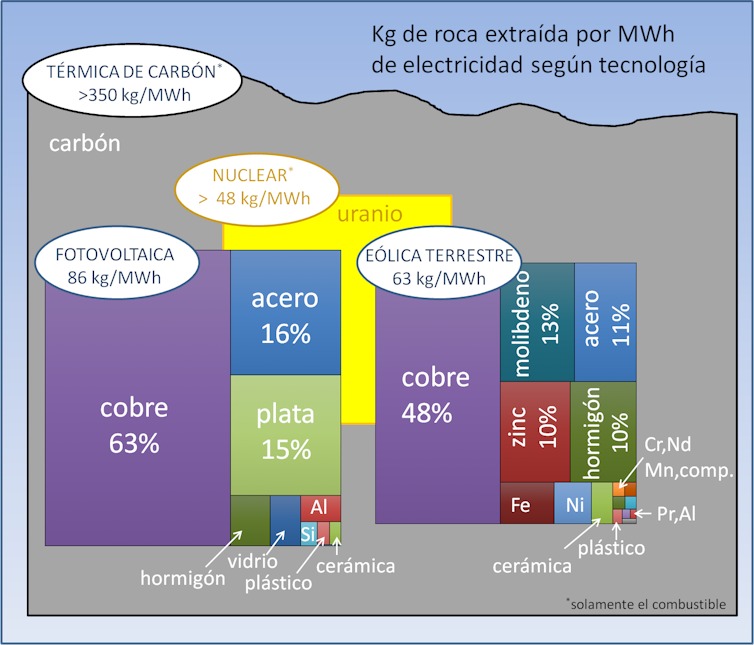Source: The Conversation – Canada – By Anthony Sanfilippo, Professor of Medicine (Cardiology), Queen’s University, Ontario
Canada faces a massive shortage of physicians. According to recent reports, Canadians require about 23,000 family doctors to meet current and emerging needs.
In the absence of effective solutions, mayors and municipal councils across the country are competing with each other to entice doctors to their communities.
It seems insurmountable, but options do exist and, no doubt, multiple approaches will be needed. What’s possible?
My clinical, administrative and educational roles over the years have provided an opportunity to work within and examine the doctor “pipeline” from multiple perspectives. There’s a disconnect between that pipeline and the urgent and growing need for doctors, which was a major motivation for my book The Doctors We Need: Imagining a New Path for Physician Recruitment, Training, and Support. Based on all this, at least seven approaches seem possible. All have their pros and cons.
Option 1: Recruit foreign-born, foreign-trained physicians
Medical education and training is available in most countries. The number of doctors available varies widely. In fact, some countries appear to have a surplus of medical school graduates who are unable to find employment.
In Canada, doctors are in demand and enjoy an excellent standard of living. Immigration to Canada, if offered, would likely be seen as a very attractive option.
However, medical training globally is highly variable and assessing qualifications relative to Canadian standards is challenging. There would also be no assurance that such doctors would be interested in taking on needed roles or remaining in those practices once settled. Finally, there is an ethical concern — we may be robbing other countries of their needed physicians.
Option 2: Short-track qualification of foreign-trained physicians already in Canada
Many foreign-trained doctors have already immigrated to Canada and are working at non-medical jobs, hoping to gain residency status that would allow them to undertake examinations or complete their training.
This approach would have many of the same disadvantages as above, but at least ensures these individuals already have some familiarity with Canadian work environment and a better awareness of the expectations facing physicians.
Option 3: Repatriate Canadians who have trained (or are training) abroad
It’s generally acknowledged that there are at least as many Canadians studying medicine outside Canada as within. These are people who were unsuccessful or chose not to engage in our highly competitive admission processes that annually turn away thousands of highly qualified students. They tend to enrol in well-established medical schools in countries such as Australia, Ireland and England.
Although no rigorous analysis or statistics are available, it’s increasingly recognized that the majority remain and practise in the countries where they trained, having established relationships and support structures. In fact, many are actively recruited to take up much needed primary care positions in those countries.
Attracting them back to Canada will require a targeted recruitment strategy and expansion of available post-graduate training positions. All that being said, this is potentially a workforce already prepared and willing to address Canadian health-care needs.
Option 4: Increase the efficiency and capacity of our current physicians
All doctors, particularly family physicians, face a burden of paperwork and administrative tasks that drastically reduces their capacity to assess and treat patients. Developing innovative processes and collaborations that allow them to focus their time on direct patient care will expand their impact and reduce the number of physicians required.
Read more:
The doctor won’t see you now: Why access to care is in critical condition
Option 5: Supplement doctor roles with non-physicians
We’re already seeing this strategy play out with nurses and pharmacists providing some primary care that was previously provided only by physicians.
This approach has many merits and can allow physicians to concentrate on key essential roles, as for Option 4, above. The keys will be to ensure that the health-care teams co-ordinate and integrate their work effectively, and that all essential services are provided.
Read more:
Access to care: 5 principles for action on primary health-care teams
Option 6: Collaborate with high-quality medical schools outside Canada to facilitate entry and training of willing and qualified Canadian students
If we’re not able to train sufficient physicians through our own medical school structure, we could partner with foreign, well-functioning medical schools to promote access for Canadians who wish to return to Canada and engage the types of practices that are in such demand.
This would require identifying appropriate schools and developing partnerships ensuring that the admission standards, curriculum and clinical training meet Canadian standards.
Option 7: Increase medical school admissions and training in Canada
The most obvious and intuitively appealing approach would be to simply ramp up the training pipeline within Canada’s medical schools. After all, we have excellent schools and certainly no shortage of very willing and capable applicants.
There are currently 18 medical schools in Canada. Plans are in place to expand to 20 schools over the next few years, but this will not be effective unless we change the current processes of training.
The supply of family doctors provided by our current admission and training processes falls far short of our needs. Recent studies also demonstrate that graduates from our current training programs are increasingly turning away from the comprehensive and community-based practices so much in need.
Consequently, even a dramatic expansion within the current training paradigm will fall far short of addressing our needs. To be effective, expansion must occur in conjunction with new approaches to admissions and training.
The new program developed by Queen’s at Lakeridge in Oshawa, which is dedicated to admitting and training family doctors, is an example of such innovative programming.
The major drawback of this approach, of course, is that it will take time to even begin to address the shortfall. However, it addresses the fundamental problem most directly and establishes a framework for ongoing sustainability.
While there is no single perfect solution, there are a number of approaches, all of which have potential to relieve Canada’s medical workforce crisis. It’s time to explore and pursue them all. It’s time to develop and empower a multi-disciplinary, pan-Canadian panel to decide which mix of the options will build the reliable, sustainable physician workforce that Canada needs and deserves.
![]()
Anthony Sanfilippo does not work for, consult, own shares in or receive funding from any company or organisation that would benefit from this article, and has disclosed no relevant affiliations beyond their academic appointment.
– ref. Family doctor crisis: 7 options to find the physicians Canada needs – https://theconversation.com/family-doctor-crisis-7-options-to-find-the-physicians-canada-needs-259601



